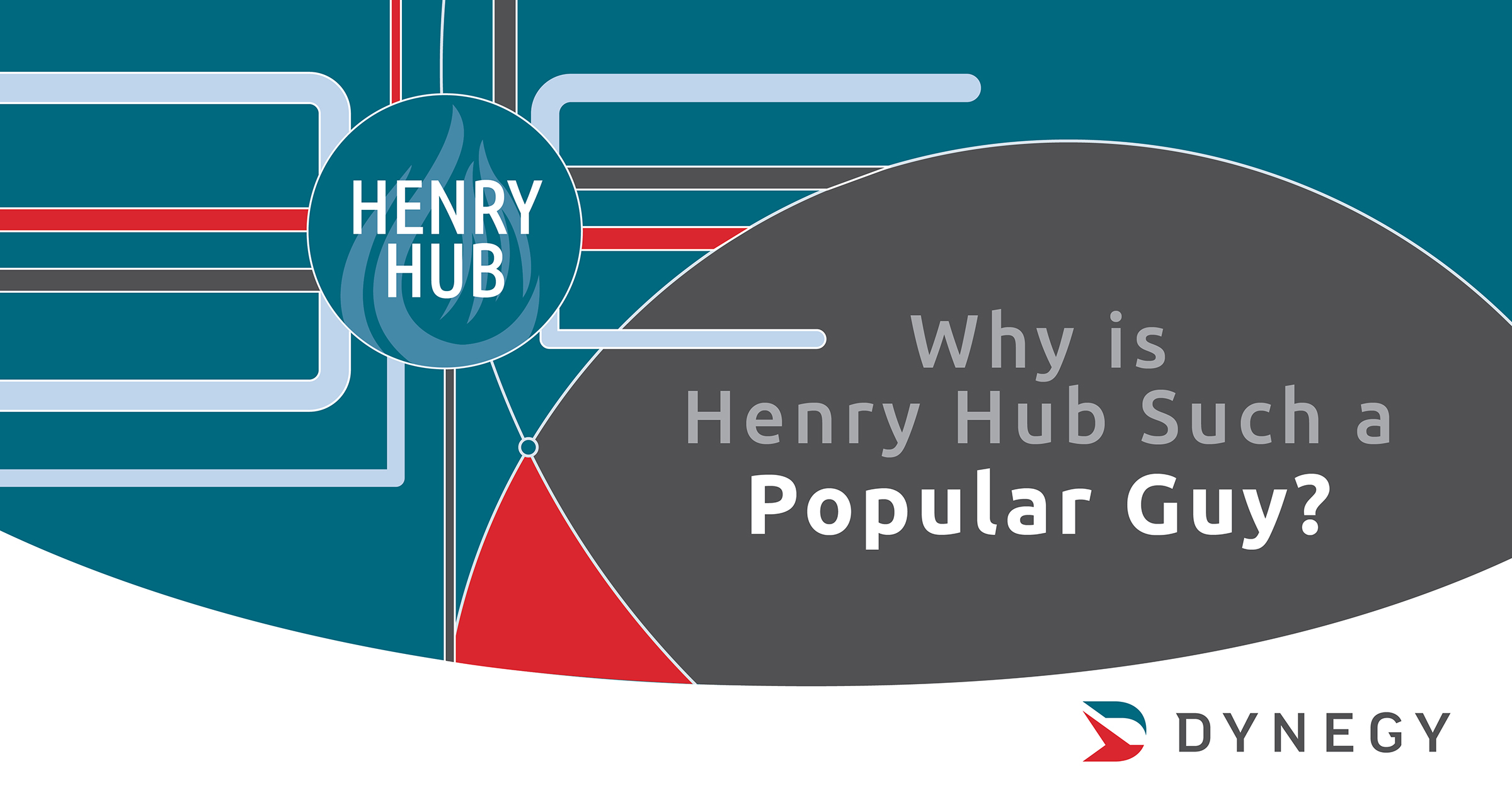Why is Henry Hub Such a Popular Guy?
Published:

Do all natural gas pipelines lead to Erath? Not exactly, but in this small Louisiana town lies the most important natural gas hub in North America. Here nine interstate and three intrastate natural gas pipelines intersect. The interconnections are located across an area named Henry, the former site of a gas processing plant.
Thus called the Henry Hub, this large network was chosen in 1989 by the New York Mercantile Exchange (NYMEX) as the official delivery mechanism for the world's first natural gas futures contract. The contract began trading in April 1990 and is currently traded 18 months into the future.
Setting the standard
The settlement prices at the Henry Hub are used as benchmarks for the entire North American natural gas market. When trading natural gas, the quoted price is the difference between the Henry Hub price and a specific location's cash (spot) market price, otherwise known as the basis price. The "all in price" is based on the price of just one location.
A Henry Hub futures contract is a financial tool that allows companies to hedge their risks. A financial obligation to sell natural gas is typically offset with an obligation to buy natural gas. Rarely does any actual physical exchange of natural gas occur in the futures market.
Opening access
The Henry Hub offers shippers access to pipelines that have markets throughout the United States. The Henry Hub price is traded in million British thermal units (MMBtu) and is tracked on a weekly basis by the U.S. Energy Information Administration (EIA). This pricing point is carefully watched by industry observers. Many factors come into play in determining the Henry Hub price, including inventory storage levels, current production, anticipated consumption, weather trends and the global political situation.
There are a number of other natural gas pipelines across the United States that aren't connected to Henry Hub. Henry Hub just happens to be the one chosen by NYMEX and the EIA as a benchmark price. A similar situation occurs in the financial markets, with the widely tracked Dow index representing only 30 of the approximately 2,700 companies traded on the New York Stock Exchange.
Who owns Henry Hub?
The Henry Hub is owned and operated by Sabine Pipe Line LLC, a subsidiary of EnLink Midstream Partners, who purchased the asset from Chevron Corporation in 2014. Sabine also owns a 131-mile pipeline used to transport natural gas between Erath, Louisiana, and Port Arthur, Texas. This Sabine mainline is part of the Henry Hub network. The others are: Acadian, Columbia Gulf Transmission, Gulf South Pipeline, Bridgeline, NGPL, Sea Robin Pipeline, Southern Natural Pipeline, Texas Gas Transmission, Trunkline Pipeline and Jefferson Island.
There are two compressor stations at the hub (owned by Sabine) that have the capacity to compress 520,000 decatherms per day and make any necessary deliveries to high-pressure pipelines. Sabine currently has a transportation capacity of 1.8 billion cubic feet per day across the Henry Hub.


